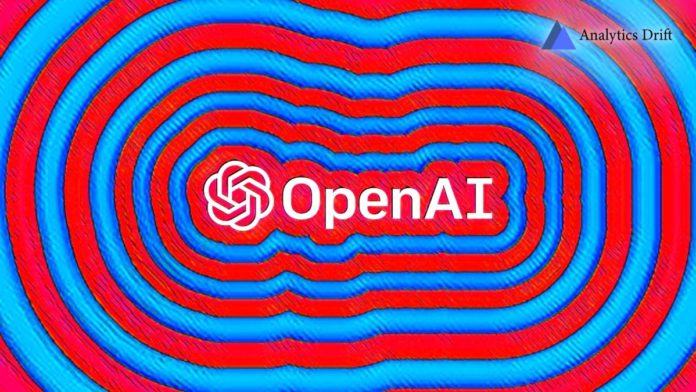In order to keep digital platforms functional, content control is essential. OpenAI claims to have created a method for using its flagship GPT-4 generative AI model for content moderation, relieving the workload on human teams.
Content moderation is time-consuming and difficult since it requires careful work, sensitivity, a deep grasp of context, as well as quick adaptation to new use cases. Toxic and harmful content has traditionally been filtered out by human moderators trawling through vast amounts of content assisted by simpler, vertically-specific machine learning models. The procedure is inherently slow and puts a strain on human moderators’ minds. Let’s take a look at the new way proposed by OpenAI and how it can help the traditional methods of content moderation on LLMs.
Content Moderation with GPT-4
To overcome the challenges associated with content moderation, OpenAI is investigating the usage of LLMs. Their large language models, like GPT-4, are suitable for content moderation since they can comprehend and produce natural language. Based on the policy rules that are given to the models, they can make judgments on moderation. The time it takes to create and modify content policies is reduced with this approach from months to hours.
After formulating a policy guideline, policy experts can compile a valuable set of data by selecting a small number of examples and labeling them in accordance with the policy. Following that, GPT-4 reads the policy and labels the same dataset without viewing the results. The policy experts can ask GPT-4 to explain its labels, analyze policy definitions for ambiguity, clear up confusion, and add additional explanation to the policy as needed by comparing the differences between GPT-4’s judgments and those of a person. Till we are content with the policy’s quality, we can repeat stages 2 and 3.
As a result of this iterative process, more refined content policies are produced, which are then converted into classifiers to allow for policy deployment and content moderation at scale. According to OpenAI, users can also utilize GPT-4’s predictions to hone a much smaller model in order to handle massive volumes of data at scale.
Advantages
Several advantages of this straightforward but effective concept over conventional methods of content moderation include more consistent labels, faster feedback loops, and reduced mental burden.
Content policies are frequently highly specific and are constantly changing. Inconsistent labeling might result from people interpreting policies differently or from certain moderators taking longer to process new policy updates. LLMs, in contrast, are perceptive to minute variations in phrasing and are quick to adjust to changes in policy, providing consumers with a consistent content experience.
The cycle of policy updates, which involves creating a new policy, labeling it, and getting user feedback, is frequently a drawn-out and time-consuming procedure. GPT-4 can shorten this process to a few hours, allowing for faster responses to new threats.
Human moderators may become emotionally worn out and stressed out if they are constantly exposed to unpleasant or hazardous content. The well-being of the people involved benefits from the automation of this kind of employment.
Shortcomings
Despite the above-mentioned advantages, GPT-4 model judgments are susceptible to biases that may have been added to the model during training. Like with any AI application, outcomes and output need to be carefully watched over, verified, and improved by keeping humans in the loop. Human resources can be better directed towards tackling the complex edge circumstances most crucial for policy improvement by decreasing human involvement in some aspects of the moderation process that can be handled by language models.
Conclusion
OpenAI takes a different approach to platform-specific content policy iteration than Constitutional AI, which primarily depends on the model’s internalized judgment of what is safe vs. what is not. Since anyone with access to the OpenAI API can currently carry out the same tests, the company has invited Trust & Safety practitioners to test out this method for content moderation.
With GPT-4 content moderation, policy changes can be demonstrated considerably more quickly, cutting the cycle from months to hours. Additionally, GPT-4 can quickly adapt to changes in policy and interpret subtleties in extensive documentation on content policy, resulting in more consistent labeling. We think this presents a more optimistic view of the future of digital platforms, where AI can help regulate online traffic in accordance with platform-specific policies and reduce the mental load of a significant amount of human content moderators.


